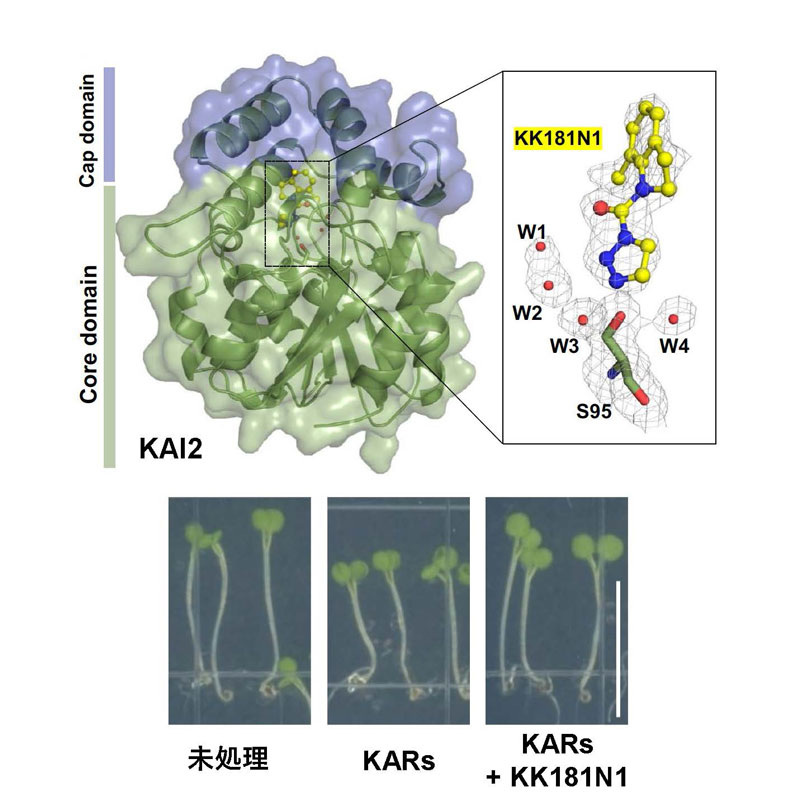2025-01-24 シンガポール国立大学 (NUS)
<関連情報>
- https://news.nus.edu.sg/dna-tagged-gold-nanoparticles-for-targeted-cancer-treatment/
- https://advanced.onlinelibrary.wiley.com/doi/10.1002/adfm.202411566
バーコード化金ナノ粒子のin vivoスクリーニングにより、腫瘍ターゲティングにおける形状の影響が解明される In Vivo Screening of Barcoded Gold Nanoparticles Elucidates the Influence of Shapes for Tumor Targeting
Xingyue Huang, Zhicheng Le, Myint Ba, Arun Kumar, Yingjie Quek, Chencheng Xue, Xinhong Sun, Jessalyn Low, Xuehao Tian, Andy Tay
Advanced Functional Materials Published: 24 November 2024
DOI:https://doi.org/10.1002/adfm.202411566
Abstract
Gold nanoparticles (NPs) are promising for cancer therapy due to their versatile shapes, optical properties, adjustable sizes, and facile functionalization. However, their diverse physicochemical properties, complex in vivo environments, and cellular heterogeneity lead to markedly different interactions with cells, impacting reproducibility and application selection. To address this, we implemented a DNA barcoding system to label gold NPs with varying shapes, sizes, and surface modifications for tumor delivery optimization. Six NP species, comprising three shapes (sphere, rod, triangle) and two sizes (40 nm, 80 nm), were tagged with unique DNA barcodes. Barcodes demonstrated minimal detachment, no interference with cell interactions, and resistance to DNase digestion. Next-generation sequencing revealed that sphere NPs exhibited poor in vitro uptake but superior in vivo tumor targeting, likely due to enhanced endothelial interactions and reduced macrophage clearance. Additionally, 80 nm nanotriangles displayed excellent tumor targeting both in vitro and in vivo. Supporting experiments validated these findings. To demonstrate practical utility, the NPs were applied in siRNA delivery and photothermal therapy in a breast tumor model. This study pioneers the integration of DNA barcoding with gold NPs to systematically explore shape, size, and surface modifications for in vivo delivery.


